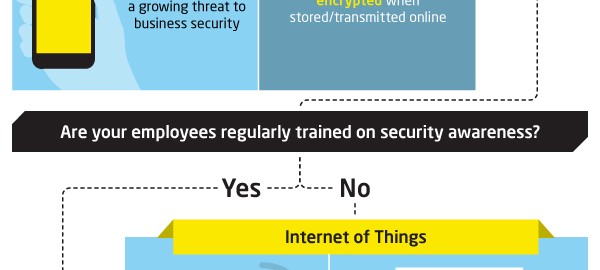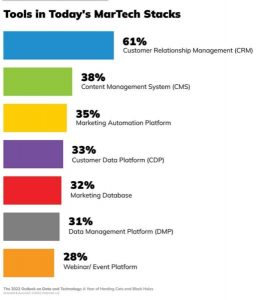If the cyber attacks and data breaches against Premera Blue Cross, Anthem, Sony and Staples are anything to go by – cyber threats are not slowing down any time soon.
So what are your risks? Whether you’re small or large organization, this infographic by Modis can talk you through some ways to amp up your defenses.
- Have strong passwords
It only takes a few minutes for hackers to crack simple password combinations, so no wonder around 80% of cyber attacks involve a weak password. Test yours on a password test site such as How Secure Is My Password? for an idea of how secure yours is.
- Have an updated BYOD policy
According to Kaspersky Lab, 65% of companies believe that BYOD is a growing threat to business security. Having an updated BYOD policy can mitigate this risk.
Make sure user privileges are updated and managed, that any important data is encrypted and there are methods in place that can wipe the device should it go missing or stolen.
- Secure your network
With more connectivity comes more cyber security risks, and a connected office is a prime example of this.
Protect yourself by making sure any network printers and scanners have their software up to date, that Wi-Fi networks are protected and sensitive print jobs saved on the drive are encrypted.
- Protect against privileged user misuse
With 90% of security beaches being deliberate and malicious, it’s best to manage user privileges.
Train employees to properly log out of their accounts after access, adopt privileges user account monitoring tools and set up methods to watch for abnormal data transfers.
- Have data protection tools in place
According to a report by Symantec, ransomware saw a 500% increase in 2013.
Companies can protect themselves against being victims to such attacks with good practice regular back ups – meaning that all important data is stored both offline and offsite.
- Train employees on social engineering risks
Social engineering involves using people skills to trick others into giving up sensitive information. Think modern day con artists impersonating banks, HR or you.
With 29% of all security breaches involving some form of social engineering, suggestions for defense include to develop a policy on how to handle sensitive information request, and have a security audit done.
- Have a business recovery plan in place
Figure out what’s at stake for your business. Besides your bank details, what data would hurt you most if it was stolen? Be it your customer database, financial records or intellectual property – knowing what to protect and how to recover from a possible loss will make sure your business can keep running in event of a cyber attack.
(220)









